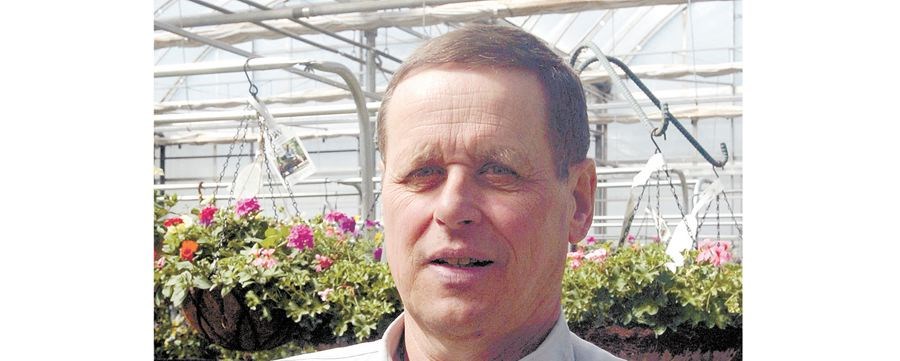Greenhouses can be very helpful when growing heat-loving plants, especially this year with the recent weather we've been receiving. Vegetables such as tomatoes, cucumbers, peppers, eggplant, beans and squash all grow very well in a greenhouse.
Growing plants in a greenhouse has its advantages such as a longer growing season with controlled growing conditions but it also has its disadvantages as you need to be there every day to water and control the temperature and air ventilation. Many greenhouse problems are related to poor air ventilation, fluctuating temperatures and uneven watering.
Tomatoes grow well in greenhouses provided that they have the proper care. They need to be watered regularly, on a daily basis as they should be kept moist and not allowed to dry out. If the plant goes dry it can lead to a smaller crop, and/or blossom end rot, which is a black spot found on the bottom (blossom end) of the tomato. Blossom end rot can also be caused by uneven temperature fluctuations and a calcium deficiency.
The best time to water tomatoes is in the morning, with room temperature water. It's best to water at the soil level so that the foliage remains dry. For high crop yields you should fertilize plants with a tomato fertilizer.
A common complaint among greenhouse tomato growers is blight, which is a blotch on the foliage and on the fruit, which leads to rot if left untreated. Blight is caused by poor air circulation, cool temperatures, high humidity or moisture on the foliage. Foliage that is affected by blight should be removed immediately. If there are more than a few leaves, the plant can be treated with an organic fungicide.
Peppers are another favourite greenhouse crop and have the same growing requirements as tomatoes. To encourage high crop yields, peppers should be picked as they reach full size during the start of the season so the plant's energy can go into producing new peppers. As the season progresses the peppers can be left on the plant longer until they ripen and change colour. Pepper plants are easily bothered by aphids. To help prevent aphids on pepper plants, apply insecticidal soap to the plant on a weekly basis.
Cucumbers also grow very well in the greenhouse. Some varieties such as Carmen English cucumber are specifically for greenhouse growing. Care should be taken when watering cucumber plants, as you want to try and avoid getting water on the foliage. Cucumber plants should not be kept too wet as this can cause them to become waterlogged, which will make them collapse and die. On the other hand don't let them dry out either - you want to find that happy medium.
Cucumbers are heavy feeders and need to be fertilized on a weekly basis with a vegetable or tomato fertilizer. Harvest cucumbers when they have reached a certain size and don't allow them to get too big as this will stop the plant from producing new cucumbers.
Cucumber plants are touchy for powdery mildew which is a grey dust on the leaf which can spread very quickly. This can be caused by high humidity so it is important to keep good air ventilation in the greenhouse and remove any infected leaves or cucumbers as soon as the mold appears on them.
When growing English cucumbers in the greenhouse it is best not to grow any other kind of cucumber in the same greenhouse as this can lead to cross pollination which will produce odd-shaped or bitter tasting cucumbers.



